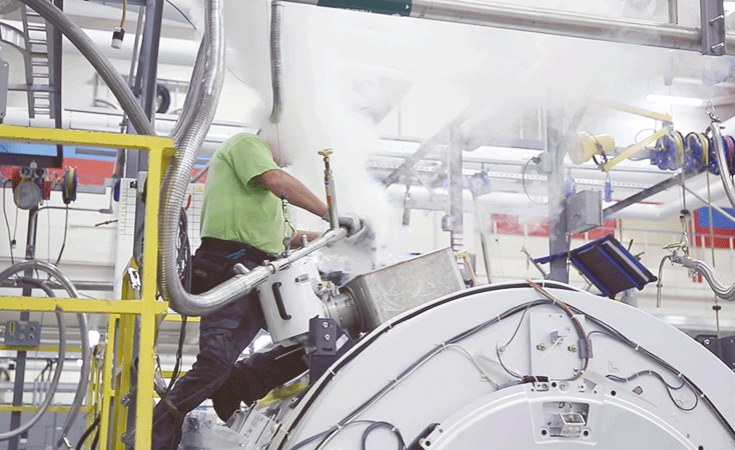Last week researchers discovered large quantities of helium in the Tanzanian East African Rift Valley. Helium is found in much more than just balloons and the periodic table of elements. Here's 10 stats you may or may not have known about this chemical element and why this discovery matters for healthcare.
1.Helium is used in telescopes, spacecrafts and radiation monitors.
2. In the medical world, helium is essential to operate MRI machines.
3. Tremendous amounts of energy flow through the superconducting wire throughout the key component of an MRI system, a powerful magnet cooled to 4.2 kelvin, or 452 degrees below zero Fahrenheit. Liquid helium is the only element that is feasible for cooling a magnet to the degree where the superconducting properties of the wire can work.
4. Depending on the type of MRI being produced, a machine may need in the range of several thousand liters of helium stored in a sealed vacuum system surrounding the magnet.
5. There are over 30 million MRI scans performed in the US each year. That's a lot of patients and doctors who need MRI every day for diagnosis.
6. This newly expanded resource from the Tanzanian East African Rift Valley has the potential to fill more than 1.2 million MRI scanners and should continue to support the supply to meet the demand of the industry.
7. There are efforts underway to develop innovative ways to reduce MRI manufacturers' reliance on this element, including an investigational, research device that was developed under a National Institutes of Health Bioengineering Research Partnership between GE Global Research and the Mayo Clinic. This new magnet technology requires only 1% of the liquid helium to operate compared to a conventional system and does not need refilling.
8. Liquefaction is a process used to recapture helium lost during the MRI manufacturing process so it can be reused it—it's essentially a major recycling system.
9. GE Healthcare built a new 5,000-square-foot helium liquefaction facility in Florence, South Carolina to further liquefaction efforts.
10. The U.S. Geological survey estimates that there are about 35 billion cubic meters worth of helium left on the plant with the majority of it coming from the U.S.
This article first appeared on GE Healthcare's The Pulse - on health, science and technology


